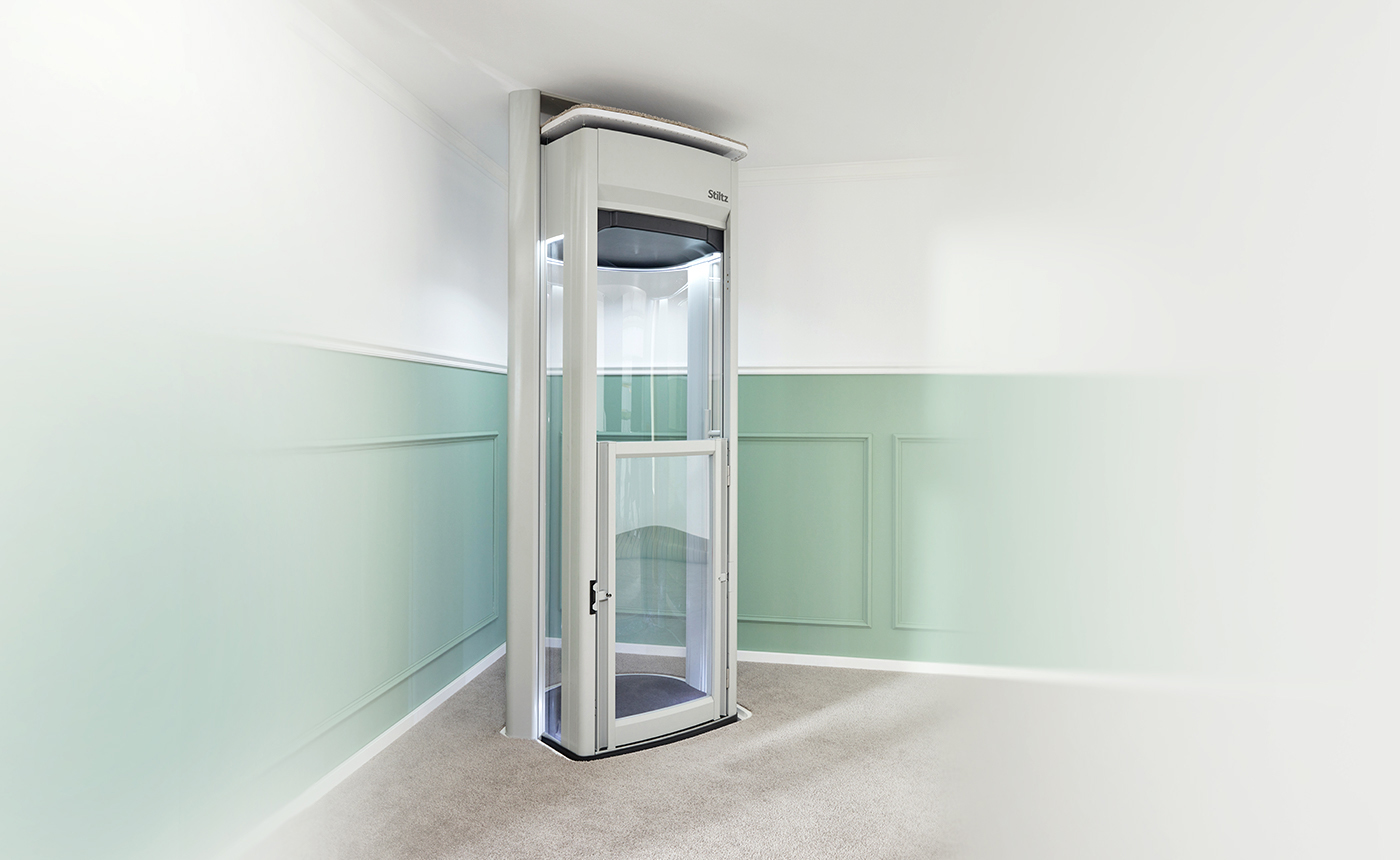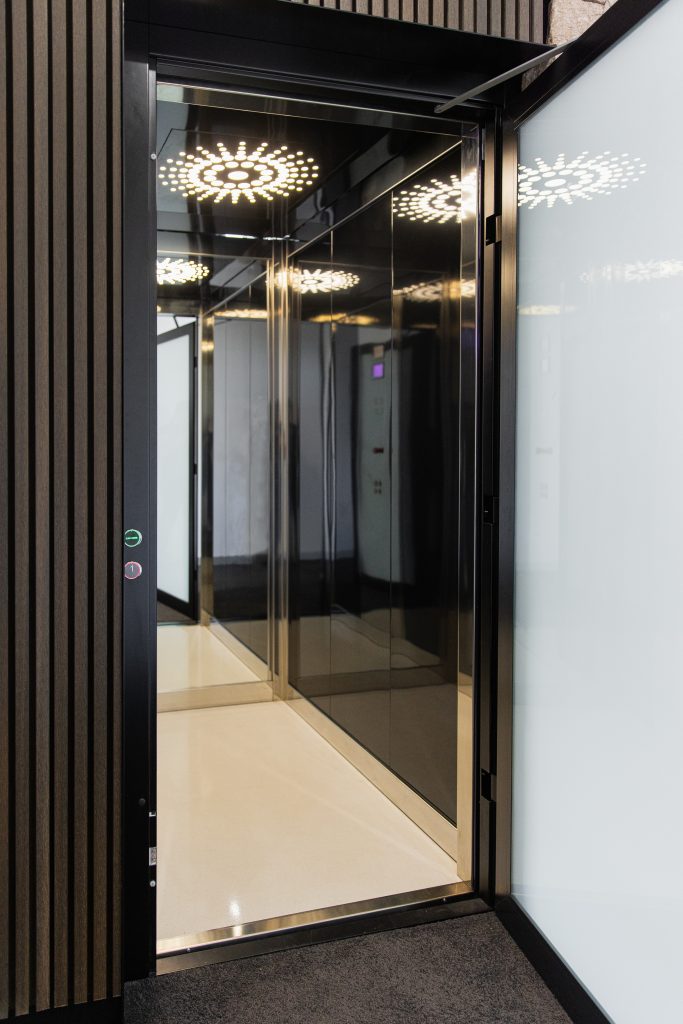Top Lift Companies in London: Offering Top Quality Installations and Maintenance
Exploring the World of Lifts: Typical Issues Dealt With by Different Lift Devices
As we browse via the vertical transportation systems of modern buildings, lifts stand out as an indispensable element of our day-to-day lives. From hydraulic lifts to traction systems and machine-room-less layouts, each lift kind comes with its set of common problems.
Hydraulic Elevators
Hydraulic elevators, usually chosen for low-rise buildings, use fluid stress to regulate the activity of the lift auto (lift repair companies). This mechanism includes a hydraulic pump pushing oil into a cyndrical tube, triggering the lift to relocate the preferred instructions. While hydraulic lifts are recognized for their silent and smooth procedure, they do feature their very own collection of typical problems
One widespread issue with hydraulic elevators is oil leak. The seals in the hydraulic system can wear out in time, causing oil infiltration. This not just produces a mess however can also impact the elevator's performance if left unaddressed. In addition, concerns with the control system, such as damaged shutoffs or a malfunctioning pump, can trigger interruptions in the elevator's activity.
Regular maintenance and punctual repair services are important to guarantee the smooth functioning of hydraulic lifts. By attending to these typical issues proactively, structure owners can decrease downtime and make certain the security and efficiency of their upright transportation system.
Traction Lifts
When thinking about vertical transportation systems in buildings, an additional common kind in addition to hydraulic lifts is the traction lift. Grip lifts run using a system of ropes and weights that relocate the lift auto by clutching onto the hoist ropes. This mechanism permits smoother and quicker upright transportation contrasted to hydraulic systems.
One of the typical issues encountered by traction lifts is rope wear. The constant movement of the ropes within the grip system can result in deterioration with time, potentially creating the elevator to malfunction or end up being harmful for use. Normal inspections and upkeep of the ropes are necessary to make sure the lift's appropriate performance and safety.
One more concern that grip elevators might run into is connected to the control system. Troubles with the control system can lead to problems such as unpredictable activity, hold-ups in response times, and even total closures. Regular testing and upkeep of the control system are vital to protect against such issues and make sure the lift's reliability.
Machine-Room-Less (MRL) Elevators

Among the key parts of MRL lifts is the compact gearless grip machine that is mounted within the hoistway. This device successfully drives the elevator vehicle without the requirement for cumbersome tools discovered in conventional grip elevators. In addition, MRL elevators typically utilize a counterweight system to balance the car, additional boosting their energy performance.
Regardless of their benefits, MRL elevators may deal with challenges related to repair and maintenance due to the confined area for devices installment. Accessibility for servicing components within the shaft can be limited, calling for specialized training for technicians. Proper maintenance routines and routine assessments are critical to guarantee the continued smooth try here procedure of MRL elevators.
Overloading and Weight Limitation Issues
Straining and weight limitation problems are vital issues in elevator procedures. Lift makers style lifts with specific weight abilities to make sure traveler safety and tools durability.
When lifts are overloaded, it puts too much stress on the motor, cables, and various other components, potentially causing breakdowns or failures. If they identify excess weight, security devices such as sensors and overload sensors are in location to prevent elevators from relocating. Furthermore, exceeding weight limits can lead to enhanced energy consumption and deterioration on the lift system.
To mitigate overwhelming concerns, developing managers ought to prominently present weight limitations in lifts and inform occupants on the importance of adhering to these limitations - lift repair companies. Regular upkeep checks by qualified specialists can also Visit This Link aid ensure that elevators are running within risk-free weight specifications. By addressing overloading and weight limitation concerns proactively, building owners can improve lift safety and efficiency
Electric System Failures
Surpassing weight limitations in elevators can not only lead to mechanical issues but also possibly add to electric system failures within the lift infrastructure. Electrical system failings are a crucial issue in elevator procedure, as they can create unforeseen shutdowns, malfunctions, or also security risks.
Routine maintenance and evaluations are essential to recognize and resolve prospective electric issues without delay, guaranteeing the secure and efficient operation of lift systems. By sticking to weight limitations and performing regular electrical system checks, structure proprietors can mitigate the danger of electric failures in elevators.
Verdict

Hydraulic lifts, typically preferred for low-rise structures, utilize fluid pressure to regulate the activity of the elevator vehicle.When taking into consideration vertical transport systems in buildings, one more usual type apart from hydraulic lifts is the traction elevator. Grip elevators operate making use of a system of ropes and counterweights that move the lift car by grasping onto the hoist ropes. Unlike traditional lifts that require a separate maker room to house the devices, MRL lifts incorporate most of the components within the shaft, getting rid of the demand for a devoted equipment room.In conclusion, elevators encounter usual issues such as hydraulic malfunctions, traction system failings, and electric system troubles.